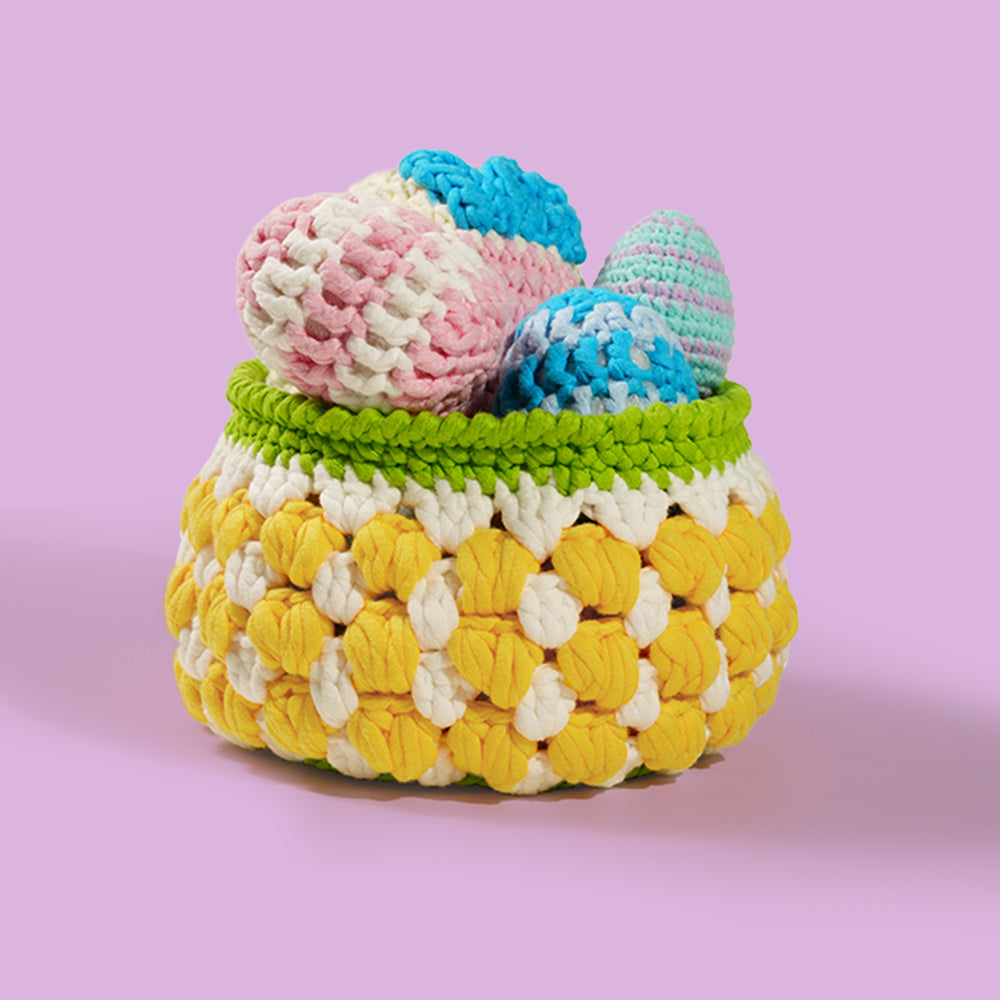How to Crochet the Perfect Double Crochet Turning Chain (No Gaps!)
Introduction
Ever noticed that little gap or hole at the beginning of your rows when working double crochet stitches? That’s the result of the traditional turning chain method. While it’s widely used, it often leaves an unsightly space between the first stitch and the next—especially in projects where clean edges matter.
The good news? There’s a cleaner, more seamless way to start your double crochet rows—without the hole. In this tutorial, you’ll learn:
-
Why traditional turning chains create gaps
-
A step-by-step method to crochet a gap-free double crochet turning chain
-
Extra tips, answers to common questions, and my thoughts on why this little trick is a game-changer.

The Problem With Traditional Turning Chains
In standard patterns, you’re often told to chain 2 or 3 at the beginning of a new row to replace the first double crochet stitch. This chain is not connected to the next stitch, which causes:
-
A visible gap between the first and second stitch
-
Wobbly or uneven edges on your project
-
Extra frustration when seaming later
This issue is most noticeable in items like blankets, garments, and scarves—anywhere a neat edge matters.
The Solution: A Gap-Free Double Crochet Turning Stitch
This method uses two short stitches to build height instead of a tall, loose chain. The result? A stable, invisible start to your row that blends in beautifully with the rest of your stitches.
How to Do It: Step-by-Step
This works at the beginning of any double crochet (dc) row.
1. Insert your hook into the first stitch of the row
Pick up just the back loop (also known as the top horizontal bar).
→ This helps anchor the turning chain naturally.
2. Make a short single crochet
Yarn over, pull up a loop (2 loops on hook), yarn over again and pull through both loops.
3. Work another single crochet into the same spot
Yes—two short single crochets stacked in the same back loop.
These two low stitches add up to the height of a regular double crochet, but without the floating chain. Your work looks seamless, and the gap? Gone.
4. Continue with your normal double crochets across the row
Crochet as usual, starting from the next stitch. The start of the row now blends in like magic.




Crochet Tips for Clean Edges
-
Always use the back loop of the first stitch when anchoring your turning chain. It grips better than going under both loops.
-
Tug gently on your yarn tail after working the two single crochets. This helps snug the base in place.
-
Mark the turning stitch with a stitch marker if you plan to work into it later—especially important for symmetrical shaping.
-
This method also works with half double crochet (hdc) and treble crochet (tr) with slight modifications.
Frequently Asked Questions
Q: Can I use this method in every project?
A: Yes! It’s especially useful in visible-edge pieces like scarves, blankets, and cardigans—but can be applied anywhere you'd normally use a turning chain.
Q: Is this considered a stitch replacement?
A: Yes. The two single crochets count as your first double crochet, so don’t add an extra dc next to it unless your pattern says otherwise.
Q: Will this method work in the round?
A: It’s best used for flat rows. In the round, seamless join techniques like “standing double crochet” may work better depending on the pattern.
Final Thoughts
This simple tweak—replacing a loose turning chain with two low, tight stitches—makes a huge difference in the finished look of your project. Ever since I discovered this method, I’ve used it in every project that requires double crochet. The edges look professional, tight, and elegant, and I no longer dread turning rows!
Whether you're a beginner or a seasoned crocheter, this trick is one to keep in your toolbox.
